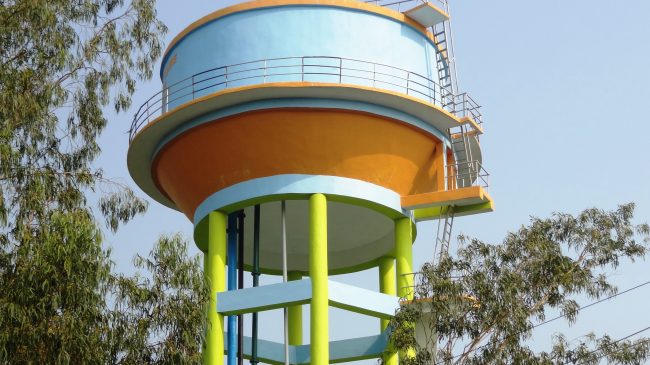California Proposition 3: Authorizes Bonds to Fund Projects for Water Supply and Quality, Watershed, Fish, Wildlife, Water Conveyance, and Groundwater Sustainability and Storage. Initiative Statute.
Proposition 3 would allow the state to issue up to $8.877 billion in bonds to fund water-related projects.
Fiscal Impact
The bond would add $17.2 billion to state debt service costs: $430 million per year over a period of 40 years.
Proponents’ Arguments For
Proponents argue that the measure is necessary to meet “California’s urgent, critical need to secure a safe, reliable and clean water supply.”
Opponents’ Arguments Against
Opponents argue that Proposition 3 is the latest in a line of costly water bond measures that have failed to address the state’s water shortage. They contend that since Proposition 3 does not fund new dam construction, it does not get to the core of California’s water problem, which they see as a lack of supply.
Discussion
In 2006 California voters approved Proposition 84, $5.388 billion for water projects, and Proposition 1E, $4.09 billion for water and flood control projects. In 2014 they approved Proposition 1, over $7 billion for water projects. According to an August 2018 report from the state treasurer, $7.1 billion from water bonds authorized in past elections have yet to be issued. Further, voters just passed a $4 billion bond measure in June 2018 that includes water projects. And there was no sign the projects any of these bonds funded had any impact on the latest drought. Yet now they are back for another almost $9 billion.
Although the bond measure does not fund new dam construction, it does include funding for groundwater storage and water recycling. But about half the money is earmarked for lower priority uses such as watershed land improvements, fish and wildlife habitat, and flood protection.
Finally, California could build more water infrastructure with public-private partnerships, which don’t add to general obligation debt. An example is Poseidon Water’s ocean water desalination project in Carlsbad (San Diego County). This project provides 50 million gallons of drinking water daily, showing that dams aren’t the only way to significantly enhance the state’s water supply. Although the desalination plant required bond funding, debt service is ultimately the responsibility of Poseidon Water, a private company. A few more similar projects up and down California’s coast would provide a sustainable solution to the state’s chronic water supply insecurity, without increasing general obligation debt.
Voters’ Guide to the 2018 California Ballot Initiatives
The Voters’ Guide offers analysis of each of the 11 ballot propositions certified for the election being held on November 6, 2018.
